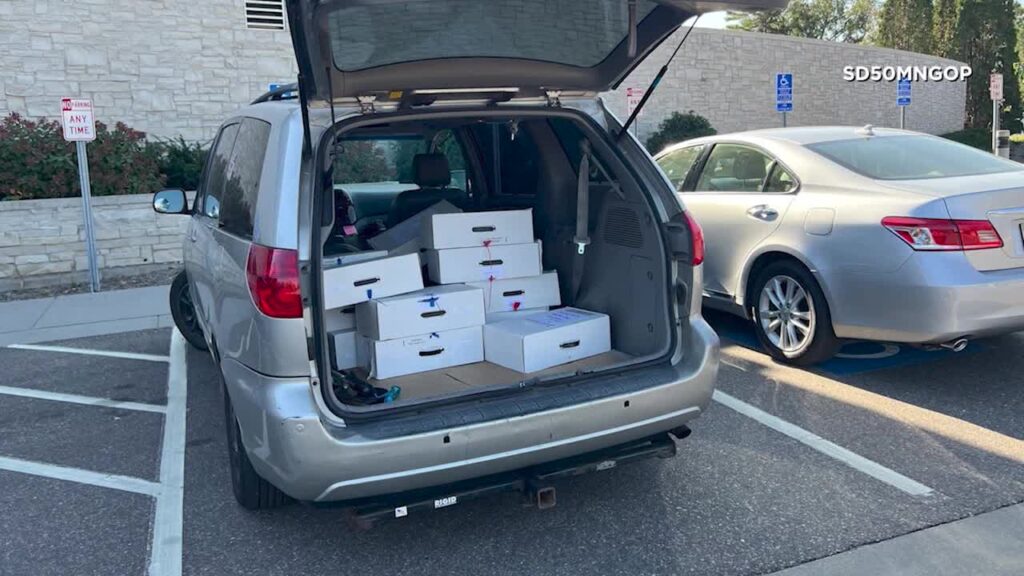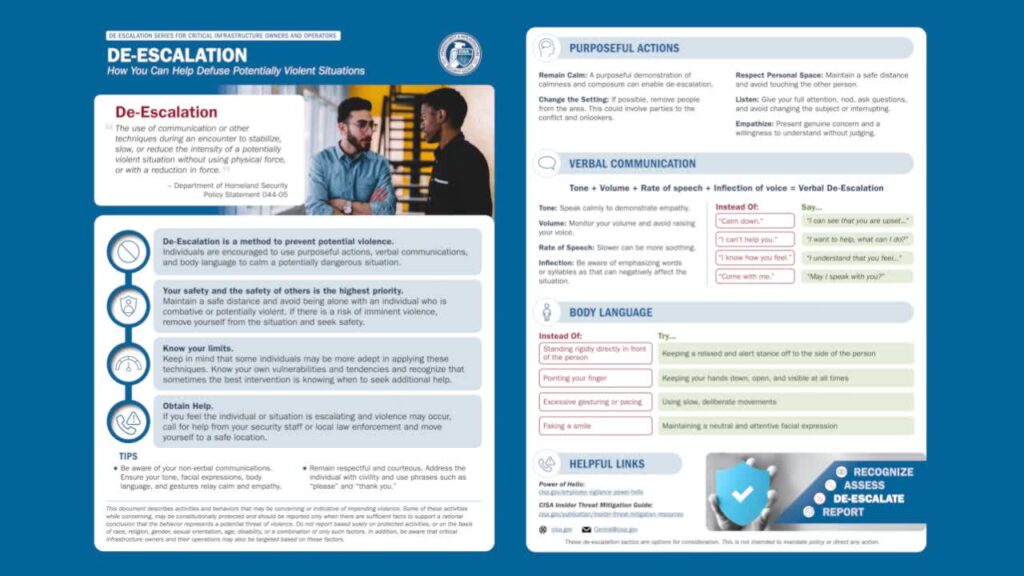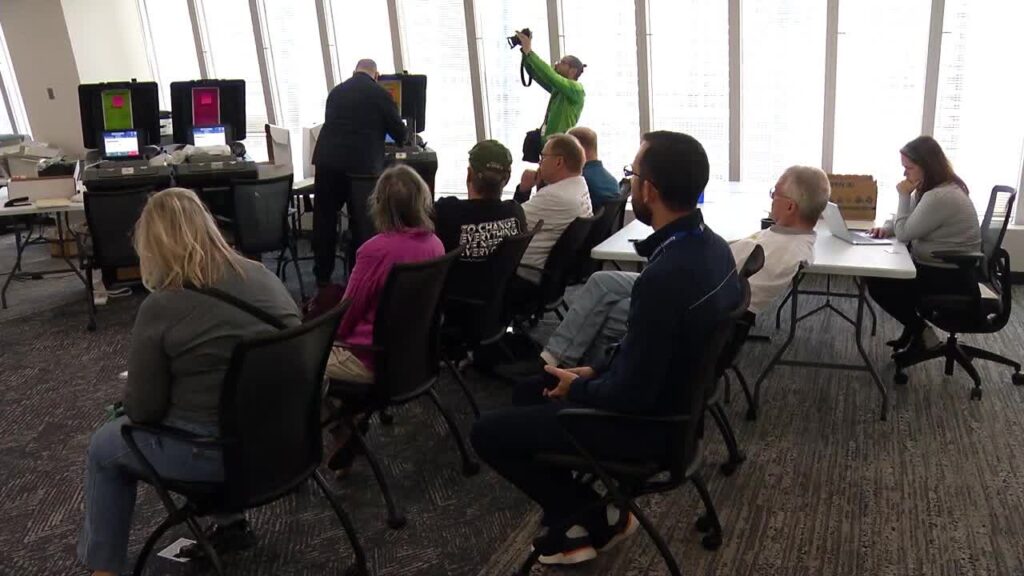As election officials battle misinformation, poll workers train on de-escalation
The integrity of the election remains a top concern for officials across the state with just days to go before ballots are cast and counted.
But multiple incidents have already sparked outrage, planted seeds of doubt and opened the door to misinformation and conspiracy theories.
Earlier this month in Edina, a photo went viral on social media that showed a car trunk full of boxes with completed absentee ballots. An investigation by both the city and county determined the ballots were left unattended for eight minutes.

“It’s not up to our standards, and it’s not acceptable,” said Ginny Gelms, Elections Director for Hennepin County.
RELATED: Ballot security lapse called ‘boneheaded’ and ‘unacceptable’
Officials determined none of the ballots were tampered with and they fired the courier who left the trunk open. However, the incident raised new concerns about the security of ballots from current and retired Republican lawmakers.
“This should have never happened,” said former Secretary of State and state senator Mary Kiffmeyer, a Republican. “All ballots should be afforded that same degree of protection.”
County and state officials point out there is no law or rule that says election judges have to accompany absentee ballots in transit – no matter what’s circulating on social media.
But even before the incident in Edina, a few errors during the ballot printing process led to allegations of cheating.
Human error in Faribault County
State representative candidates in District 23A had their parties switched on ballots during the early voting period in Faribault County.
“Someone needs to go to prison for this!” One user on X wrote. Others pointed the finger at Secretary of State Steve Simon.
But Simon’s office has nothing to do with the design, printing, or typos that may occur on ballots – each county handles its own.
“What simply happened was some human error,” said Simon, a DFLer.
Faribault County apologized, corrected the mistake, printed new ballots and gave a chance for a do-over to the 50 people who already voted.
“I have two wishes for this election cycle, two. I want to see high turnout and low drama,” Simon said.
That drama, real or perceived, can lead to real consequences.
Concerns and training for election judges
5 INVESTIGATES reached out to 20 election officials across the state. Five of the biggest counties say poll workers have expressed concerns about their own safety or that of their family.
A new state law makes it illegal to intimidate those workers or interfere in an election.
“The Legislature really did step up last year on a bipartisan basis in tightening our laws and providing some new penalties and tools to get at real disruptors,” Simon said.
Multiple counties, including Hennepin, say they are now training workers on de-escalation techniques to prepare for encounters that may occur on Election Day.

“That’s something we didn’t use to focus on. I wish our world were such that we didn’t have to do that, but we do,” said Gelms, the head of elections in Hennepin County.
Hennepin County dealt with a recent conspiracy when Congresswoman Ilhan Omar narrowly beat her opponent, Don Samuels, in the August primary.
The results that night tricked in and seemed to stall at 10 percent until late in the evening when they updated all at once.
Chatter online immediately accused officials of cheating, calling it “mysterious.”
Gelms said there’s actually a reasonable explanation.
“What it means is that we’re taking the time to make sure that the numbers are right,” she said.
‘Transparency and openness’
There’s a new state law that gives mail-in voters the chance to drop off ballots up until 8 p.m. on Election Day – the same time polls close. The deadline used to be 3 p.m.
All absentee ballots are run at the same time and must be driven in from the suburbs.
“We want people to be aware that if it’s a little bit later than what you’re used to, it doesn’t mean there’s something wrong. It just means that a lot of people voted, and we’re processing all those ballots,” Gelms said.
In Minnesota, each county counts its own ballots and sends the results to the state using a secure channel.

Every machine is required to be tested in a public setting where officials basically try to trick the machines. One of those that perform perfectly are allowed for use on Election Day.
“Transparency and openness is the best sort of disinfectant,” Simon said. “So what I say to folks all over Minnesota all the time, not just this year, but always, is, come on in, the water’s warm.”